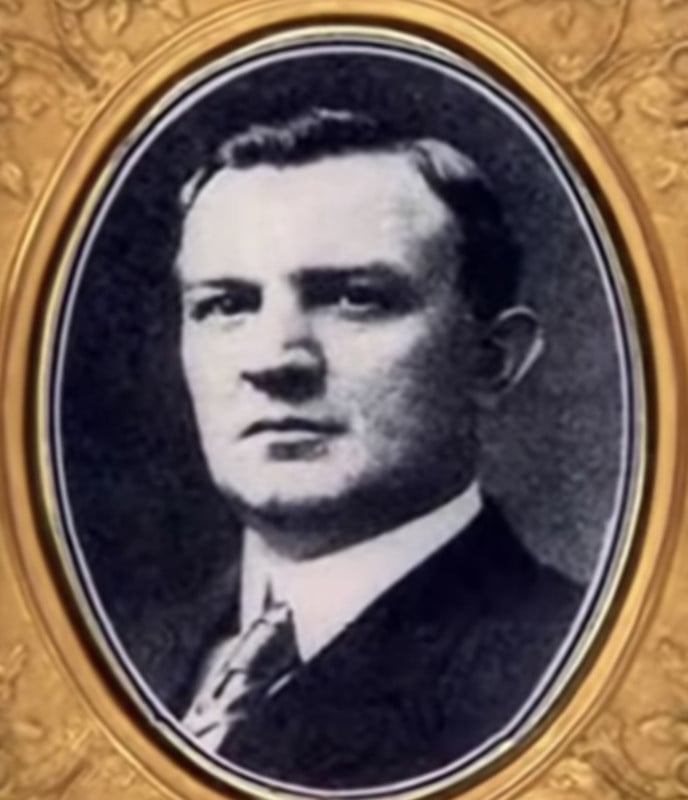
![]()
A rare set of historical photographs show the carnage from a train crash that was done on purpose for entertainment’s sake in the late 19th-century.
A remarkable image from 1896 taken in Buckeye Park in Ohio shows a large crowd of people wearing bowler hats clambering on the wreckage of a huge impact, with the name “A.L. Streeter” written on the side of the locomotive.


A.L. Streeter was an equipment salesman from Ohio who put on one of the very first staged train crashes. At that time the public was fascinated by train crashes on the relatively new railroad system, and sensing an opportunity Streeter laid the formula for this insane attraction.
Organizers would find a suitable location, then lay a mile-long track, find two locomotives that were no longer fit for purpose, and a brave group of engineers would start them off at either end of the line. The trains would reach full throttle and then crash head first into each other at speeds approaching 50 mph.
The spectacle was lapped up by the paying public and the event was often used at the main event of a fair. Unsurprisingly, it went horribly wrong at one of the shows.
Disaster in Texas
Later that same year in 1896, a man named William Crush fancied putting on his very own staged train wreck and created a crash site, that he called Crush, which was a temporary destination for the event. The ephemeral site had its own train depot, telegraph office, and a grandstand was erected.


As a result, an estimated 40,000 people attended the event and were treated to lemonade stands, carnival games, medicine shows, cigar vendors, and other sideshows. Crush and his team built a separate four-mile track disconnected from the main line for the main spectacle.
Crush, who worked for the Missouri-Kansas-Texas railroad, had a stockpile of 30-ton steam engines that were no longer needed after being replaced with 60-ton engines. His engineers had assured him that the boilers on the steam engines were designed to resist ruptures and were unlikely to explode.


The public was restricted to spectating from 180 meters away, while the press was allowed to be within half of that. At 5pm the two trains set off from either end of the track and as they approached speeds of 45 mph they collided head-on.
“A crash, a sound of timbers rent and torn, and then a shower of splinters,” describes a news report from the Dallas Morning News the next day.
“There was just a swift instance of silence, and then as if controlled by a single impulse both boilers exploded simultaneously and the air was filled with flying missiles of iron and steel varying in size from a postage stamp to half of a driving wheel.”


Panic ensued as debris rained down from the explosion. Two people were killed and six others were seriously injured, photographer Joe Deane was blinded in one eye by a flying bolt.
“All that remained of the two engines and twelve cars was a smoking mass of fractured metal and kindling wood, except one car on the rear of each train, which had been left untouched. There was nothing about the cars big enough to save except pieces of wood, which were eagerly seized upon and carried home as souvenirs,” wrote the Dallas Morning News.

The Show Must Go On
Despite the horrible disaster in Texas, staged train crashes continued with an event promoter named Joe Connolly, who acquired the nickname “Head-On Joe,” successfully putting on over 100 deliberate train crashes from 1900 to 1932.
As the Great Depression began to take hold during the 1930s, staged train crashes subsided as the idea of such wanton destruction became less appealing.






